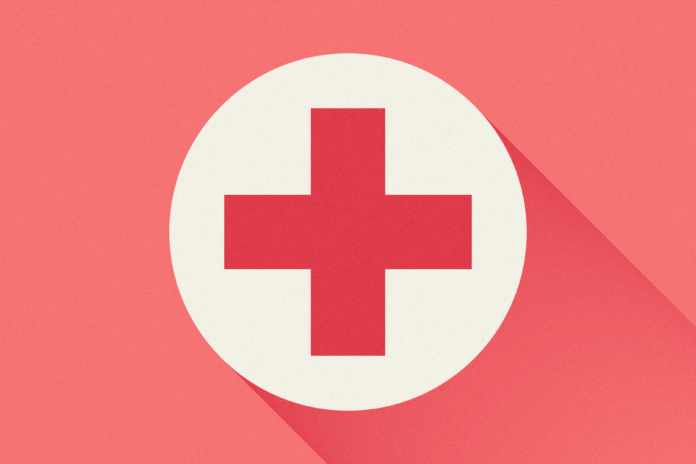Yolo County Health Council issues health report showing positive, negative trends
Mixed health trends were revealed in the Yolo County Health Council’s annual health report. Dr. Michael Wilkes, a professor of medicine and member of the health council, delivered the report at the Jan. 29 Board of Supervisors meeting.
Among the positive trends was a decline in Yolo County’s teen pregnancy rate, mirroring an overall downward trend in California. The report also featured data on the number of child abuse and neglect cases in 2017, showing a sharp increase at 282 confirmed cases, up from 196 in 2016.
Another notable trend was a steep increase in the rate of sexually transmitted diseases. According to data from the California Department of Public Health, rates of chlamydia, gonorrhea and syphilis all showed an increase in Yolo County since 2008 levels. Wilkes suggested that a lack of safe-sex practices may be causing the increase, with differing reasons for males and females.
“There is a drug now for men who are having sex with men to prevent getting HIV called PrEP, and it’s super effective,” Wilkes said. “The message, unfortunately, that I think young men are getting is that you can take PrEP every day and go out and have sex and you’re protected, which is true when it comes to HIV, but it has nothing to do with chlamydia, gonorrhea or syphilis, which are far more common. You still need to use a condom.”
The female side may be due to improvements in birth control methods like intrauterine devices, which are inserted into the cervix and prevents conception but not STDs.
“The intrauterine device has been perfected and is incredibly safe and incredibly effective,” Wilkes said. “So now they’re using IUDs. When they use IUDs, they, again, don’t think about using condoms and other things because they don’t have to worry about getting pregnant.”
This increase is in line with the rising rates of STDs that have been seen both in California and the United States. The California Department of Public Health monitors the number of STD cases in the state, which health providers and laboratories are required to report, and has seen a 45 percent increase in gonorrhea, syphilis and chlamydia cases from 2012 to 2017. The Centers for Disease Control and Prevention tracks the rate of STDs in the U.S. In 2017, it issued a report showing substantial increases in reported gonorrhea, syphilis and chlamydia cases.
“CDC is seeing steep and sustained increases in STDs,” said Donnica Smalls, a member of the news media team at the CDC National Center for HIV/AIDS, Viral Hepatitis, STD and TB Prevention, via email, quoting Dr. Elizabeth Torrone, an epidemiologist in the Division of STD Prevention at the CDC. “‘The most recent STD Surveillance Report shows the combined total of chlamydia, gonorrhea, and syphilis cases reported to CDC hit an all-time high in 2017, with nearly 2.3 million cases reported to CDC — surpassing the total reported to CDC for 2016 by more than 200,000 cases. This is the continuation of a persistent and troubling trend. STDs continued to increase for four straight years between 2013 and 2017.’”
Both the California Department of Public Health’s and the CDC’s reports show different rates of STDs in certain groups. The CDC’s 2017 report cites research estimating that young people aged 15 to 24 years old acquire half of new STDs. There are also disparities in STD rates among some racial minority groups, which the CDC contributes to social problems that disproportionately affect minorities, such as poverty, fewer jobs and wealth inequality. The California Department of Public Health suggests that these disparities may be partially due to higher rates of screening and testing among certain groups as well as reporting practices.
This increase in STDs is due to many factors, so a strategy to combat it will require a multi-pronged approach.
“CDPH is monitoring STD levels to track trends and assess risk factors, supporting follow up of persons diagnosed with STD, specifically syphilis, to ensure adequate treatment, and facilitation of testing and treatment of sexual and needle sharing partners, developing of strategic partnerships with key community providers to enhance screening and treatment, and enhancing public awareness of STDs,” said the California Department of Public Health via email.
Wilkes suggested that more communication about safe sex practices among peers may be another solution.
“Studies show that peer education and peer guidance is really important,” Wilkes said. “I think fraternities and sororities should have big urns of condoms when they walk in the door. We’re still a little uptight about this […] it shouldn’t be something that people don’t talk openly about. It’s not a scientific issue; it’s a behavioral and social issue. We just have to make everybody aware that this is a big problem.”
Written by: Sara Glicklich — city@theaggie.org




